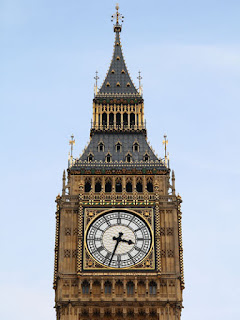
8. Threats of disorder and death recur throughout the novel, culminating in Septimus's suicide and repeating later in Sir William Bradshaw's report of that suicide at Clarissa's party. When do thoughts or images of disorder and death appear in the novel, and in connection with which characters? What are those characters' attitudes concerning death?






